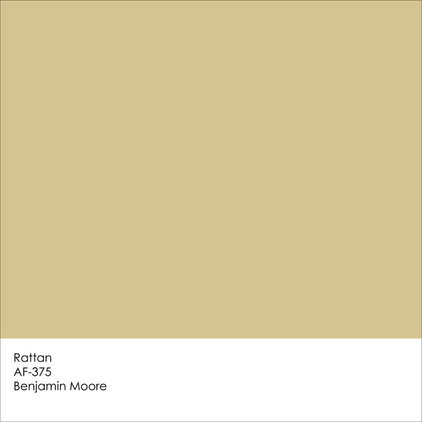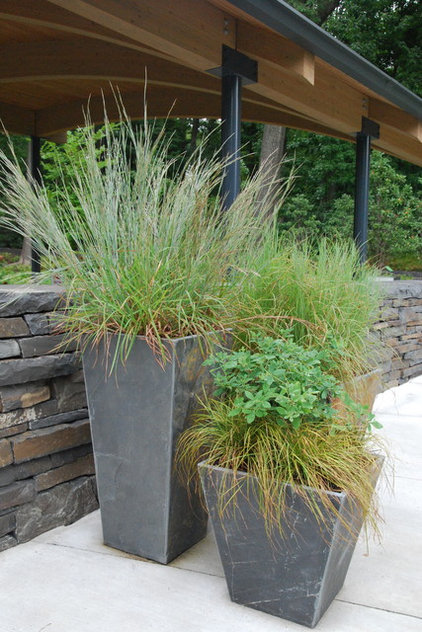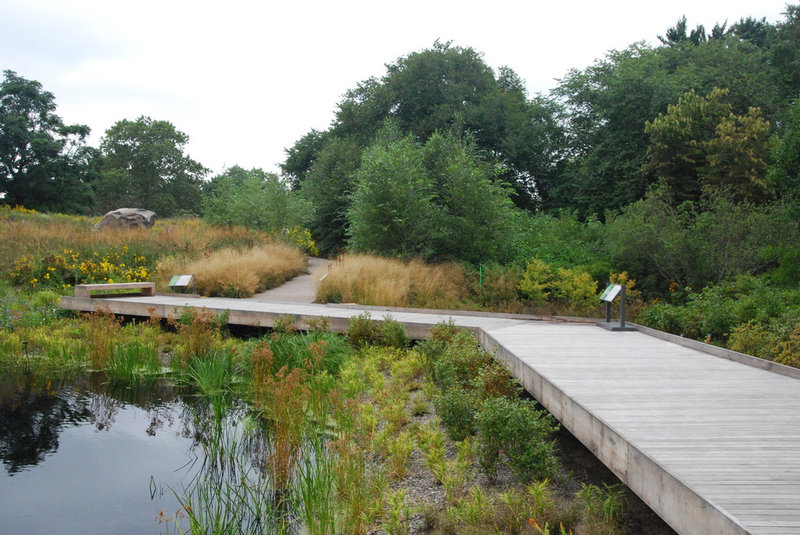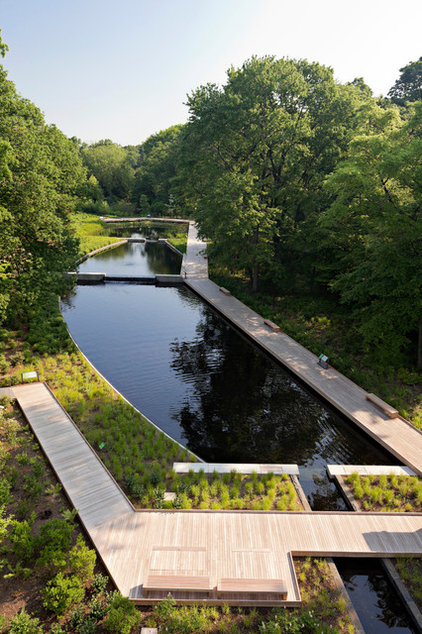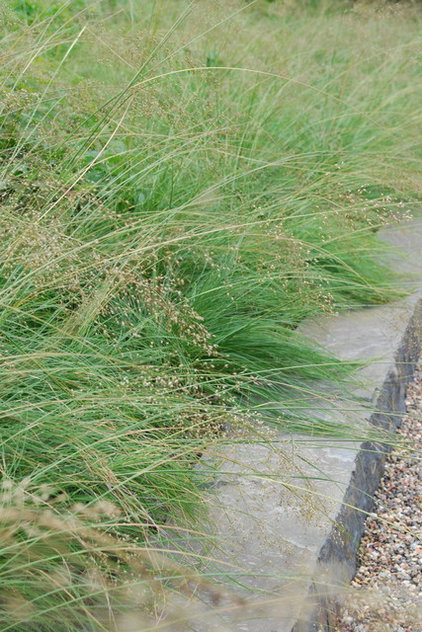The national housing market is by most measures recovering at a healthy clip. Home prices in some of the hardest-hit markets — places like Reno, Nev., and Phoenix, Ariz. — were up by more than 30% in the third quarter of this year, compared to the same period last year. But while many cities have seen housing market activity heat up, others that were recently among the hottest in the nation have cooled off.
Realtor.com’s Quarterly Turnaround Towns Report measures the strength of the recovery in the nation’s large housing markets. The site ranked the markets with the biggest declines in inventory and inventory age, and the biggest increases in home prices, as markets leading the nation’s recovery in growth and demand. 24/7 Wall St. reviewed the eight metropolitan areas that were, according to Realtor.com’s rank, among the hottest markets in the country at the beginning of the year, but as of the third quarter have cooled down considerably.
Many of these markets were among the hardest hit by the housing crisis. Cities like Lakeland, Fla., Reno, Nev., and Bakersfield, Calif., had homes lose more than half their value during the collapse. As Alison Schwartz, vice president at Realtor.com, explained, it is not surprising that these markets were among the hottest at the beginning of this year. “Markets that were significantly impacted by the housing crisis have further to accelerate in order to get back to equilibrium conditions — whereas, markets that were less affected by the housing crisis have less room for acceleration.”
It appears, however, that the rapid recovery in these markets has slowed.
One of the most obvious indicators of a cooling housing market is a slowing of home price growth. In places like Ventura, Calif., and Orlando, Fla., home prices rose by roughly 25% last year. But in the most recent quarter, prices rose by just 2.1% and 0.5%, respectively. In all but one of the hot housing markets that are now cooling off, home prices were up 7% or more in the second quarter of this year. Last quarter, however, most rose only 2% or less. In Orlando, home prices climbed 10% in the second quarter but did not grow at all last quarter.


















